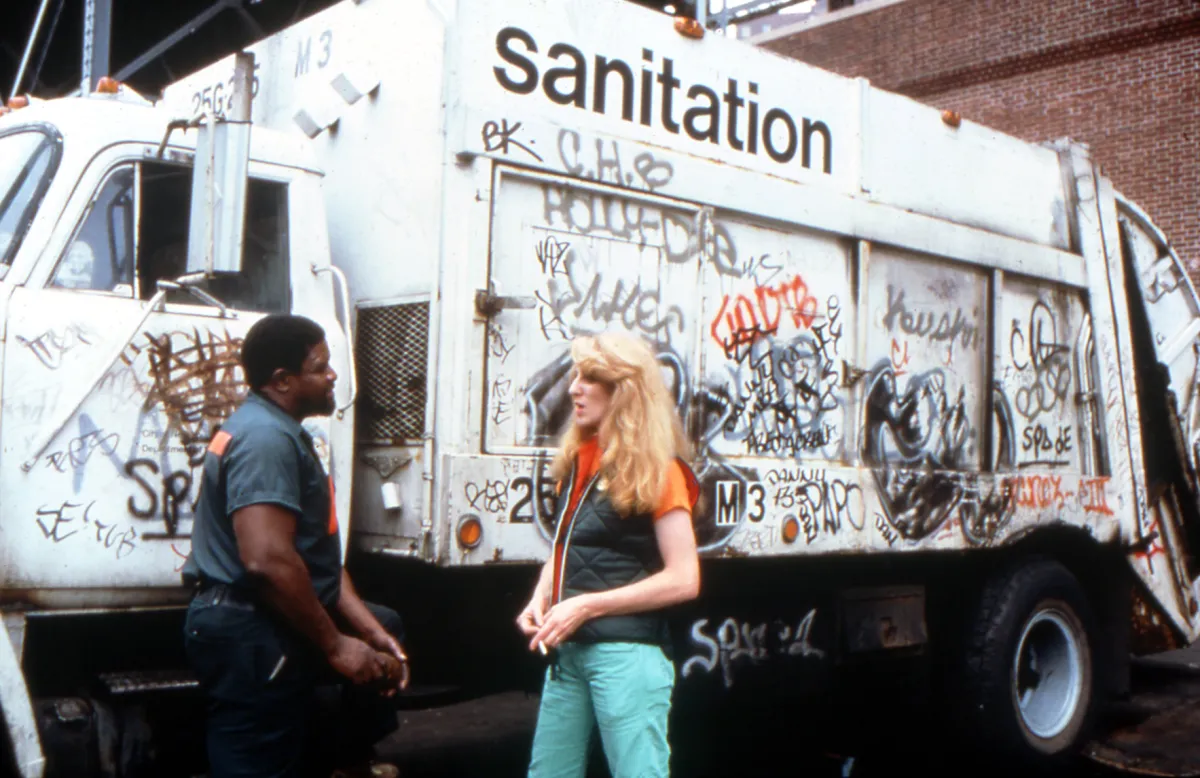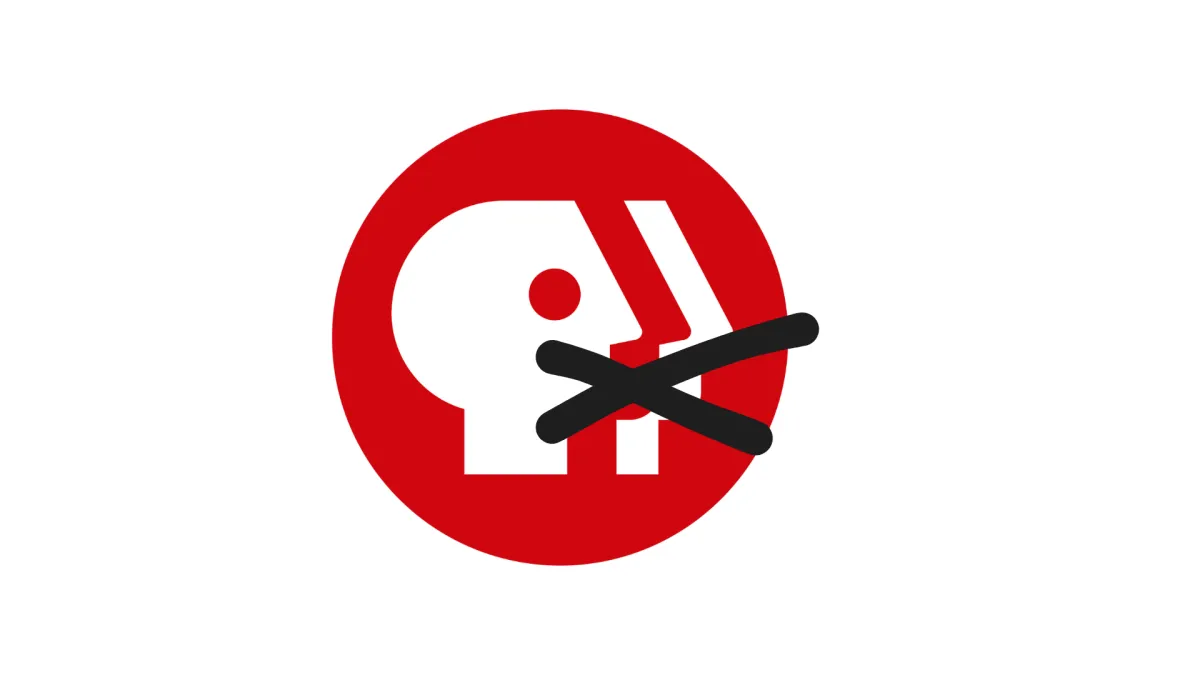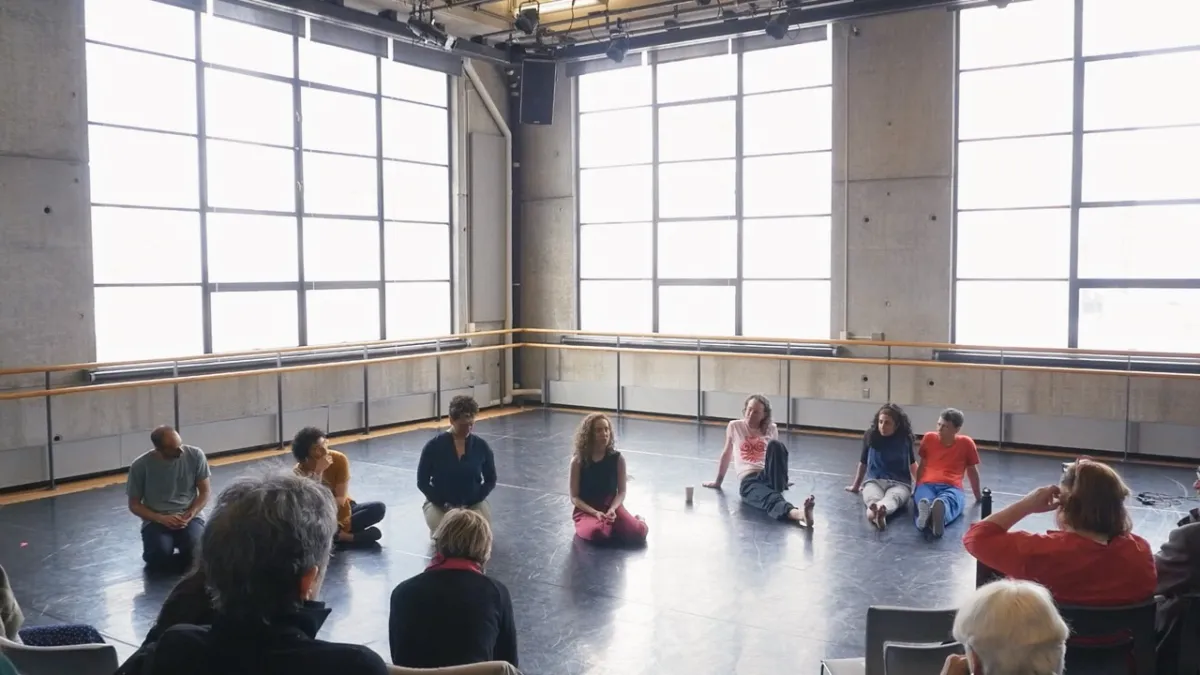
“Mierle Does Not Fit Neatly Into Any Box”: Toby Perl Freilich Discusses Her Tribeca-Premiering ‘Maintenance Artist’ Starring Mierle Laderman Ukeles

Mierle Laderman Ukeles in Touch Sanitation Performance (1970-80). Image credit: Robin Holland. Courtesy of Mierle Laderman Ukeles and Ronald Feldman Gallery
It’s fitting that Mierle Laderman Ukeles is not a household name. The pioneering activist-artist has devoted her entire life and career to showcasing the behind-the-scenes labor—and laborers—crucial to any art project. By her way of thinking, manual labor in all its forms should be celebrated as an artistic endeavor.
Toward the end of Toby Perl Freilich’s Maintenance Artist, its title a reference to Ukeles’s own as the first artist-in-residence at the New York City Department of Sanitation, Ukeles says: “art can manifest the agency of individual citizens.” Rich with archival imagery, Freilich’s Tribeca-debuting doc is comprised of interviews with the now octogenarian (and not-so-retired) Ukeles, alongside various academics and fans. It’s a fascinating look at an undeterred feminist and advocate for the working class who constantly defied such easy labels.
A conceptualist inspired by Marcel Duchamp, Ukeles is also a happily married Orthodox Jewish mother who declared in her 1969 Manifesto for Maintenance Art that the cleaning and caregiving that went into housekeeping and childrearing was itself a museum-worthy performance. As is the maintaining of communities as a whole, which led her to form what would become a decades-long artistic alliance with NYC’s often ignored and even derided sanitation workers in the 1970s. (Which in turn led to a backlash among certain feminist artists who wanted to keep that label male-free.)
Just prior to the film’s documentary competition debut, Documentary caught up with Freilich (2010’s Inventing Our Life: The Kibbutz Experiment and 2018’s Moynihan, co-directed with Joseph Dorman) to learn how she ended up collaborating with this unconventional and unusually empathetic character, who urges us all to “cherish the work of taking care.” For ultimately, “We are all maintenance workers.” This interview has been edited.
DOCUMENTARY: How did this project originate? Was Mierle onboard with participating from the start?
TOBY PERL FREILICH: I saw the museum-wide career retrospective of Mierle’s show at the Queens Museum in 2017 on its very last day. I was blown away by the conceptual leap of “maintenance art,” by the scale of Mierle’s work and by her creative range. I was deeply moved that she embraced and celebrated such an essential but underappreciated sector of the workforce. I was excited, too, by the richness and scope of the story — it encompassed not just art, but labor, feminism, urban history and environmental conservation, all set during the social and cultural upheavals of the late 20th century.
As it happens, Mierle and I come from similar backgrounds and had friends in common, one of whom connected us via email. She and I got together for coffee and that encounter lasted three hours; I think we were both happily surprised by how easy the discourse felt. I told her that I wanted to make a film about her, but she declined. So I asked if I could film her going through her files at the Department of Sanitation in preparation for the acquisition of part of her archive by the Archives of American Art at the Smithsonian. Fortunately, she said yes. That was eight years ago, and the film took off from there.
D: Since Mierle is an Orthodox Jew and the daughter of a rabbi, I wondered if the fact that you’re a filmmaker and writer with a history of telling Jewish-themed stories (not to mention being the daughter of Holocaust survivors) might have played a role in building trust. How did this shared connection to religion impact the process?
TPF: There were always lots of good reasons for making a film about Mierle, as I just outlined, but given my background, the Jewish factor really stoked my determination to launch the project. Though Mierle and I are roughly a generation apart, we both grew up in homes that were strictly Orthodox but in which a broad-minded spirit prevailed. This was also at a time when authoritarianism had been thoroughly discredited by the postwar liberal order.
By the time I started working on the film, I had been growing more and more saddened by the rightward drift of the Orthodox community, segments of which were even starting to align themselves with the far right. I thought it was important to expand the Orthodox Jewish narrative (and certainly when it came to art by Jewish visual artists) from the particularism of material symbols of Jewish culture to the core universal values that it embodies, which were the ones that I had grown up with. Mierle, though she embraces Orthodox traditions, was always challenging Orthodoxy to be more inclusive, less patriarchal, more humanistic. In this respect, she and I were very much on the same wavelength.
At the same time, Mierle does not fit neatly into any box or category, and she is passionate about retaining that kind of artistic freedom and flexibility. It’s important to both of us that she is not pigeonholed as a Jewish artist or tagged with any other kind of essentialist label.
Personally, while working on the film I found that contemporary art and religious observance rarely mix. That added an element of surprise to the story that I loved.
D: Could you talk a bit about the editing? I noticed you worked with Anne Alvergue, who co-directed and edited The Martha Mitchell Effect (2022). How much archival footage were you dealing with? And considering so many of Mierle’s projects were ephemeral, was it difficult to locate imagery for specific pieces you wanted to include?
TPF: The fact that Mierle, like many other performance artists of her era, had the prescience to record and document her ephemeral performances provided us with a jackpot of archival material. It allowed us to tell her story in a fresh, firsthand way—to show, not tell. Anne is a brilliant editor with a particular passion for crafting complex and dramatic stories out of archival material, as she did in The Martha Mitchell Effect. The rich archival material also added texture to the story: the paradox of recorded ephemeral performance work that was, in part, aimed at an effort to dematerialize art. And the nesting dolls of documented performances by an artist set within a larger documentary film about her work.
Mierle had a trove of analog videotaped material just sitting in a metal cabinet in her office, slowly and inexorably degrading over time. Fortunately for us, she had been meticulous about cataloguing all her PortaPak, U-matic, VHS and other formats—it was like a time travel journey through the history of late 20th century video technology. Early in the project, I had very little money, so I made some (in retrospect) judicious choices about what to digitize. It included all the raw tapes of her iconic Touch Sanitation Performance, some early home movies, as well as footage of her earliest works, lectures she had given, and media coverage. As I was able to raise more money and as the arc of the film came into clearer focus, we were able to select more material to digitize. An unwitting collateral benefit of this film project was the preservation of precious video archives. Now I wish I had had the funding resources to have digitized all of it.
D: Mierle was ahead of her time in that she dedicated her activist career to championing the segment of society that we now term “frontline workers”—and continued to do so throughout the pandemic. Indeed, Touch Sanitation (1979–80) could be seen as a precursor to the nightly 7 p.m. cheers. Yet her performance art also strikes me as the opposite of something like today’s tradwife trend, in which online performers celebrate the stay-at-home lifestyle, but not the domestic labor involved. How do you view Mierle’slegacy of fusing feminism with labor?
TPF: When Mierle wrote her Manifesto for Maintenance Art, she was part of a cohort of women artists like Hannah Wilke, Carolee Schneemann, Ana Mendieta, Suzanne Lacy, and others whose work drew attention to the objectification and exploitation of the female body. That was courageous and necessary.
Mierle’s work was also about female exploitation, but it focused on women’s unpaid domestic labor; a historical fact of life that affected almost all women the world over. At the same time, she was striving for a revolution and realized that women needed allies if they were going to effect any meaningful change. Her work with an all-male workforce at the NYC Department of Sanitation in the late ’70s and ’80s was an attempt to forge a gender-neutral alliance based on a shared experience of exploitation rooted in a fundamental disrespect for, and devaluing of, maintenance work.
D: What are your and Mierle’s hopes for the film? Is she creating any new work, perhaps in conjunction with screenings?
TPF: Every filmmaker wants their work to be seen. I’m not by nature an evangelist, but I do want this film to get wide viewership both in the U.S. and abroad. I think we both hope that the film will continue to raise consciousness about women as workers who deserve to be acknowledged, respected, and valued. We also want to call attention to dignity in all labor, the threat of hyper-consumption to our planet’s survival, and the need to foster a more global sense of community.
MIERLE LADERMAN UKELES: This film shows the vision embedded in my artworks. The end of the film shows me looking over the site for my proposed public artwork, LANDING, at Freshkills Park in Staten Island. I am still working to realize it. It’s an intimately scaled work within a massive park-in-process, once the largest municipal landfill on earth. It will bring people—as if floating in air and via a soaring cantilever, out over the original tidal inlet and wetlands of the South Park, intersecting with the huge landfilled areas transformed by the highest level of engineering creativity—from the formerly degraded site into a healthy public place.
Lauren Wissot is a film critic and journalist, filmmaker and programmer, and a contributing editor at both Filmmaker magazine and Documentary magazine. She also writes regularly for Modern Times Review (The European Documentary Magazine) and has served as the director of programming at the Hot Springs Documentary Film Festival and the Santa Fe Independent Film Festival.




